|
American Kestrel enjoying New Year's Day at one of her favorite dining spots in midtown Tucson, Ft. Lowell Park. Monday, January 1st we welcomed in the New Year at Fort Lowell Park, a Tucson City park on the site of the old fort at Craycroft and Ft. Lowell. The park is a treasure in the northern midtown area, on the south side of the Rillito River, and east of Craycroft, complete with soccer and baseball fields, tennis courts, a swimming pool, a playground, and a pond that attracts ducks and various water birds. For more on the history of the fort and the historic site, see the website for the Old Fort Lowell Neighborhood Association. Note that Fort Lowell Day will be on February 10th; a great chance to learn about the history of the fort and see cavalry reenactments. The park is a great wildlife area with a well maintained duck pond and adjacent fields. Below a view of signage on the edge of the pond on the southside, with ball fields in the background to the right. Below that, a view of the pond from the northside facing south. We shared the park on the 1st with walkers and birders, dozens of ducks, and one female American Kestrel who was out looking for breakfast. Below she is standing on on the field south and west of the duck pond, looking for ground critters, likely voles, who have done a good job of aerating the field with their burrows. We know this is a female by her warm red wings. Males have similar markings but with slate gray wings. The American Kestrel is the smallest falcon in North America, about the size of a Mourning Dove. I was able to catch her on different perches, mostly on high snags, but in the shot below she is sitting on top of a fence pole. Her size can be judged by the diameter of the post and especially the size of the chain links on the fence. From this perch she rapidly dove toward the field to catch a vole. Although I was waiting for her to fly, camera in "rapid focus, rapid fire flight mode," the first shot I got was toward the end of the dive when she is flaring her wings to slow down. She has almost every wing and tail feather displayed as she is in full "brake" mode. The sequence that follows show her plunging into a hole looking for a vole. For the photo geeks: Canon EOS 7D Mark II with EF 100-400 IS II at 400 mm, 1/2500 sec at f 5.6, ISO 400. Post-production processing in Adobe Photoshop Lightroom. She dug around for a while but came up empty, taking off to continue the hunt from another perch. Below, two images showing the early stage of another dive toward the turf. Kestrel's are beautiful birds, probably my favorite raptor. The pond has lots of wild ducks, mixed in with what looks like a more permanent population of domestic waterfowl. Below an American Widgeon. For more on these birds and for images in flight, see my last post of December 9, 2017, from Sweetwater Wetlands. Let's close with a familiar friend who is common, but always stands out. I have never seen a birding group that does not stop to marvel at a Vermilion Flycatcher, no matter how many they have seen. Below a male close up on a branch, not far from the duck pond. That's all for now - Happy New Year everyone! More posts coming soon.
4 Comments
Luiza
1/7/2018 08:28:29 am
Wonderful!
Reply
Robin Kirk
1/8/2018 01:04:21 pm
Henry, these photos are amazing and beautiful! I love the one of the Kestrel swooping down for the vole! The mid flight spread winged shot is stunning! Thanks for sharing your gift of photography of wildlife, birds and landscapes!
Reply
Linda Currin
1/9/2018 03:30:26 pm
Your incredible photos and commentary make me so grateful and happy! And Happy New Year to you and Dorothy.
Reply
Dave Faust
1/30/2018 12:35:16 am
Wonderful photographs!! Try going again for the Red Tail Hawks waiting for the Pock Gophers. Does not end well for the gophers but that is the way of the desert. We have had cranes here (probably refugees from the Willcox Playa!)
Reply
Leave a Reply. |
AuthorHenry Johnson, photographer and author of this site. For more detail, see About
Categories
All
Archives
July 2024
|
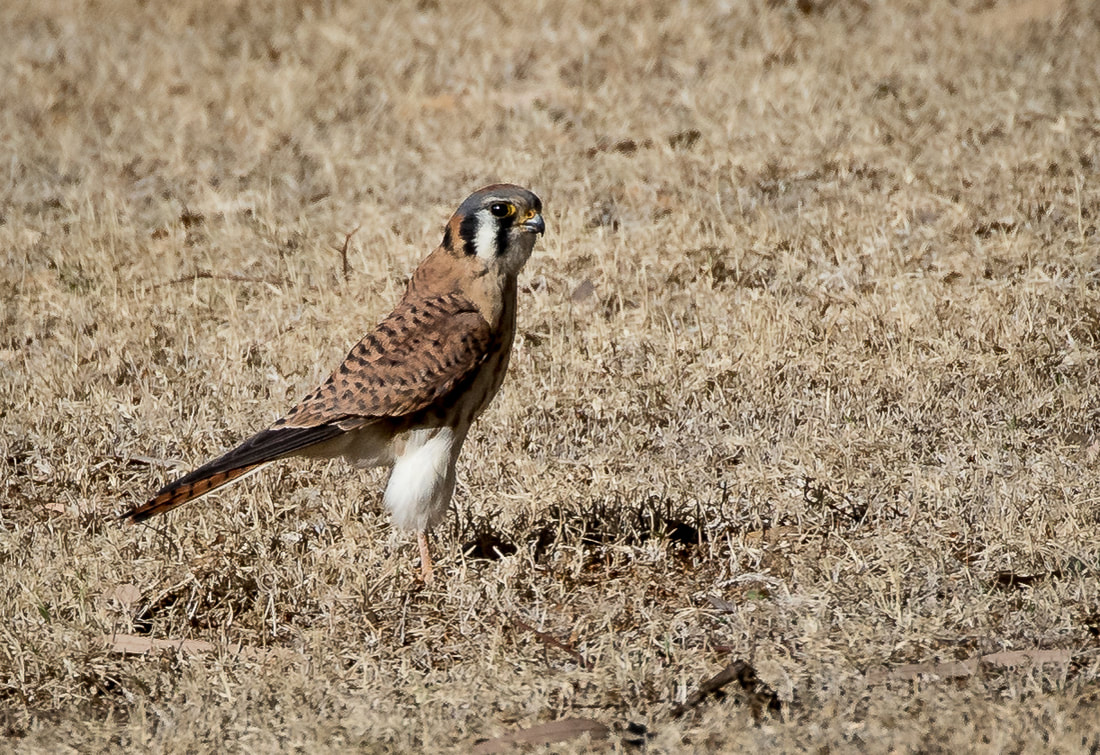
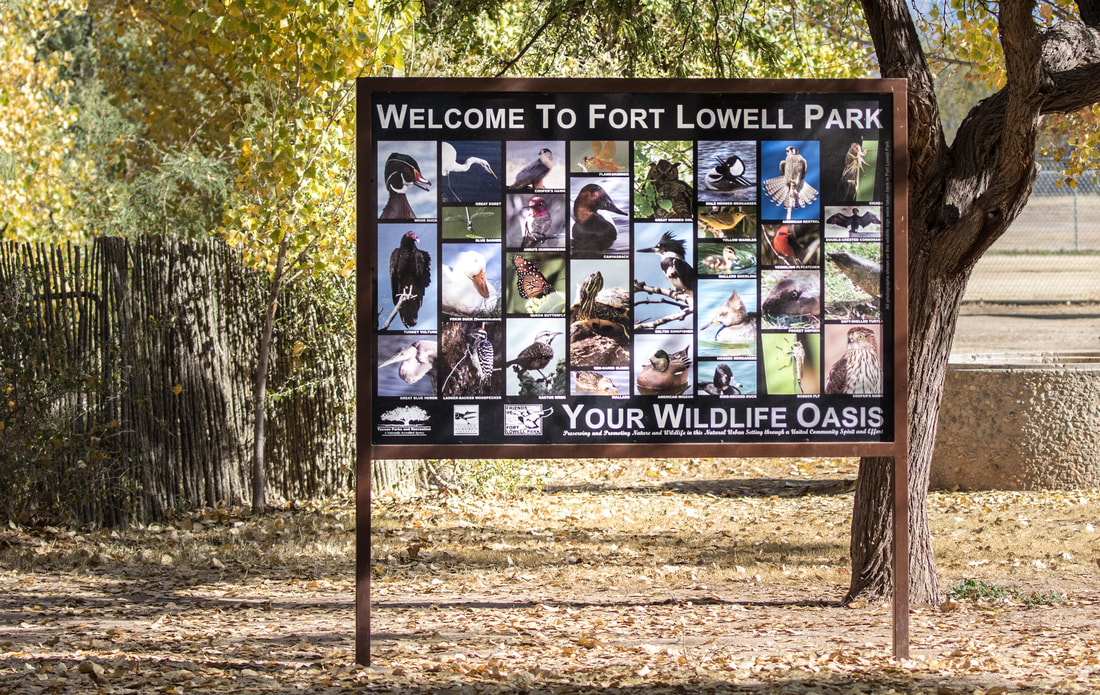
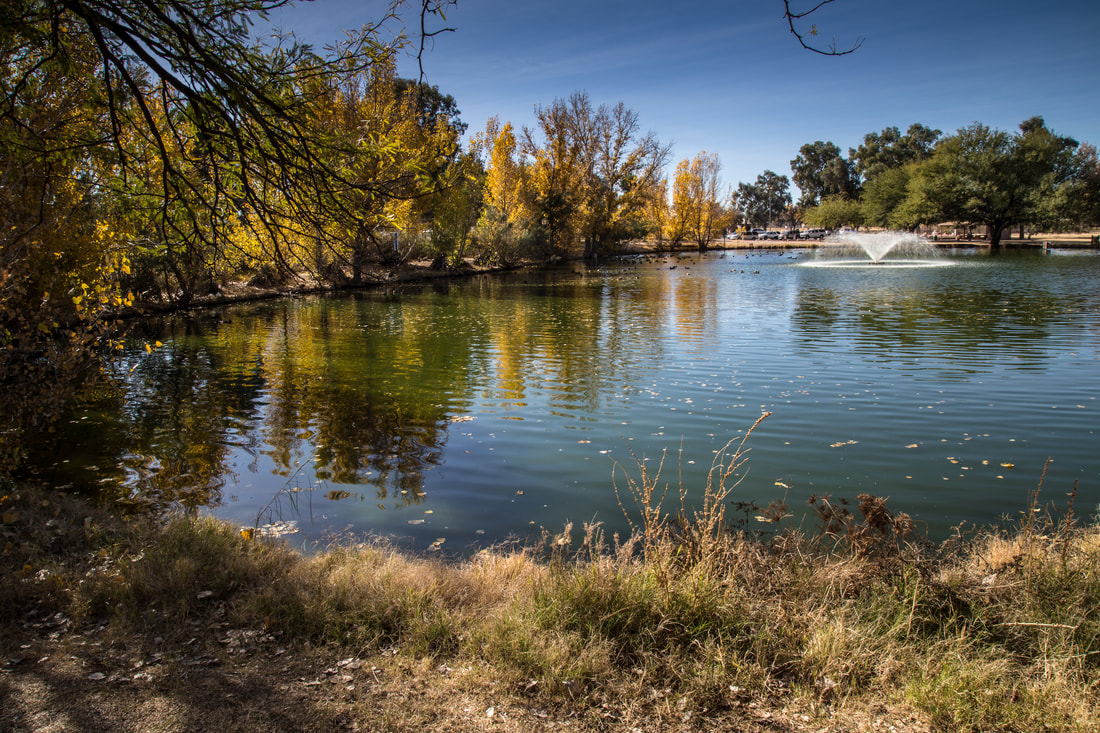
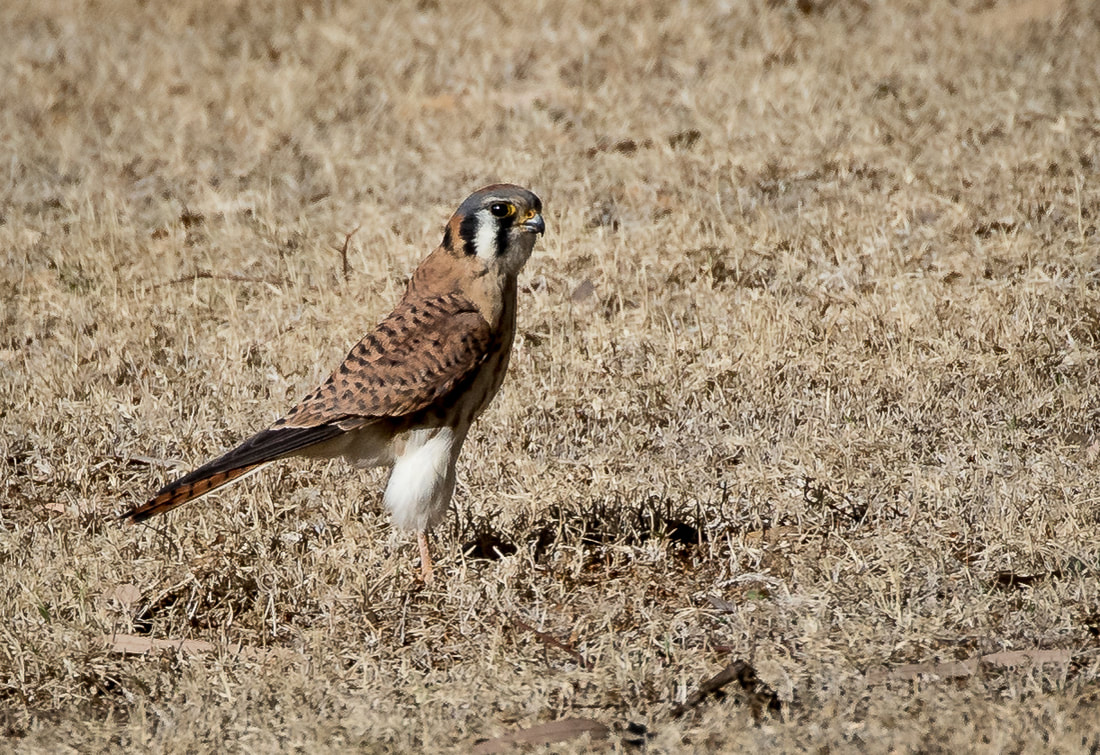
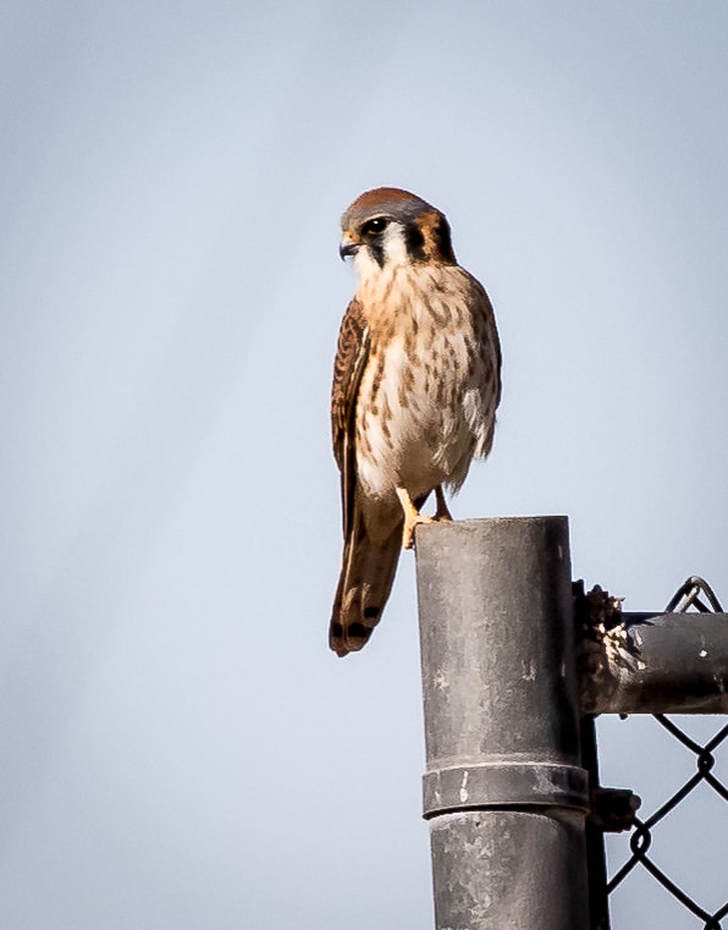
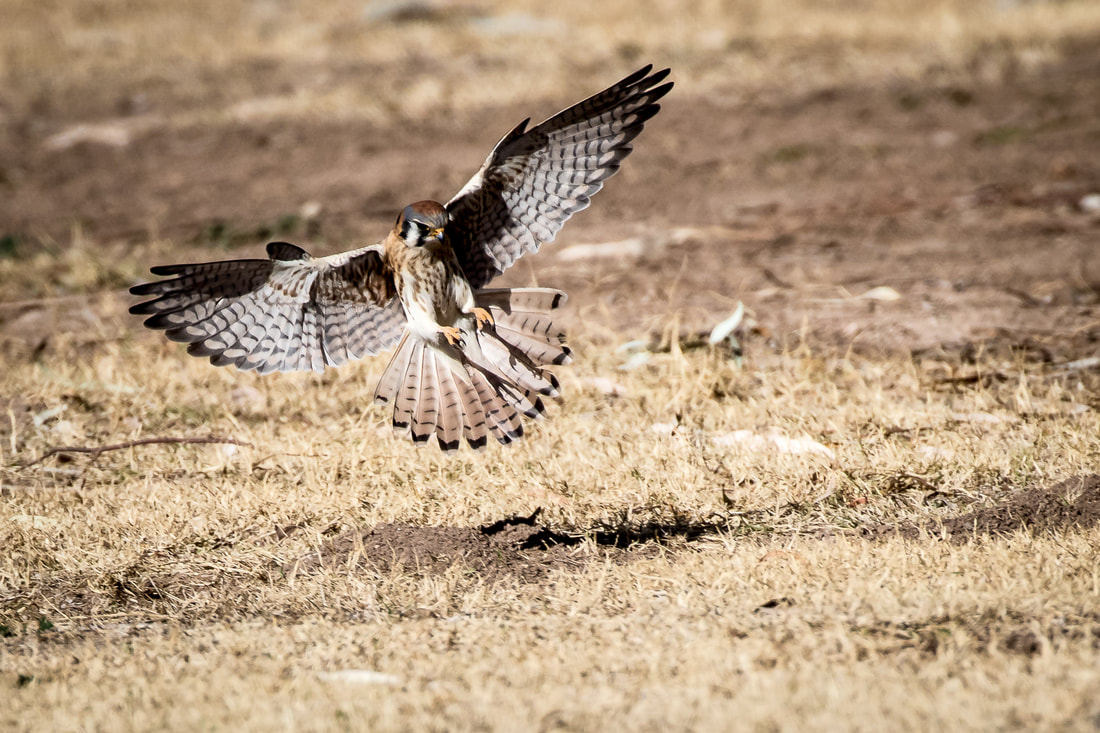
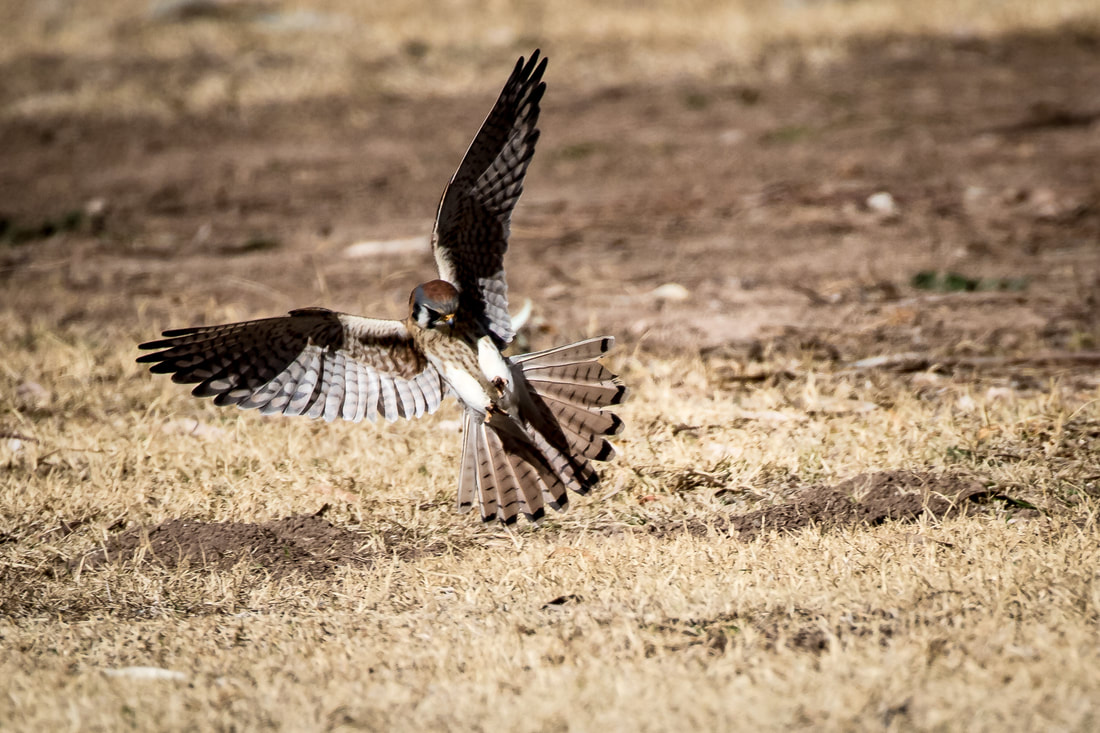
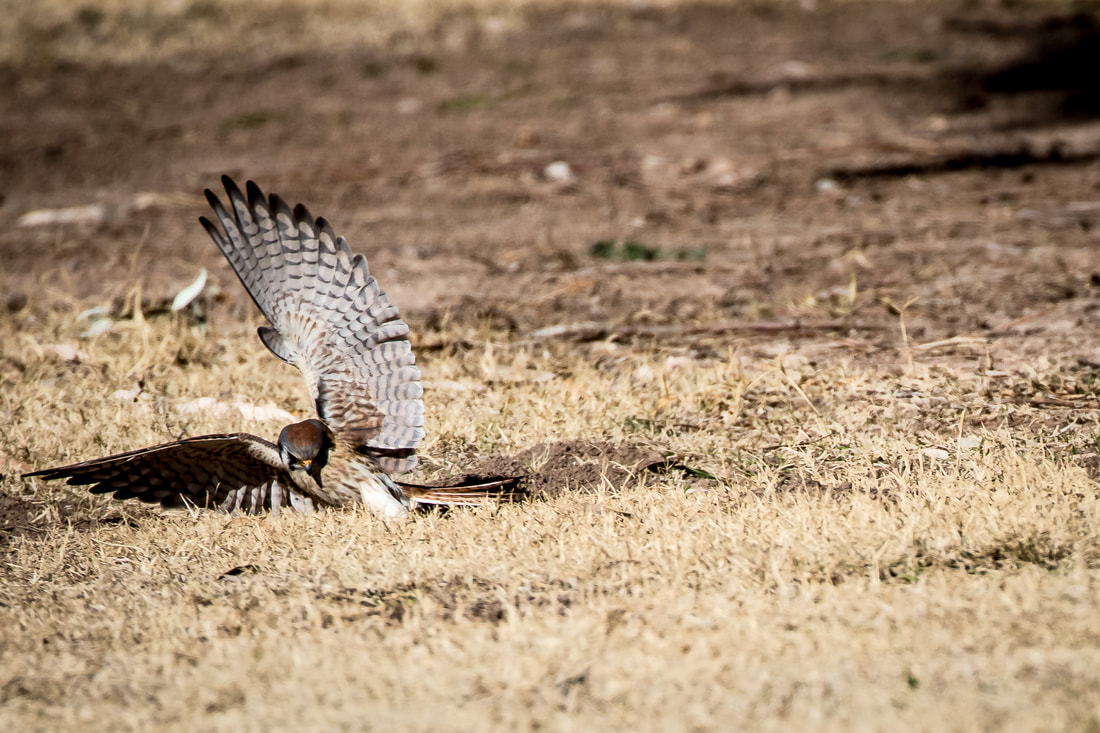
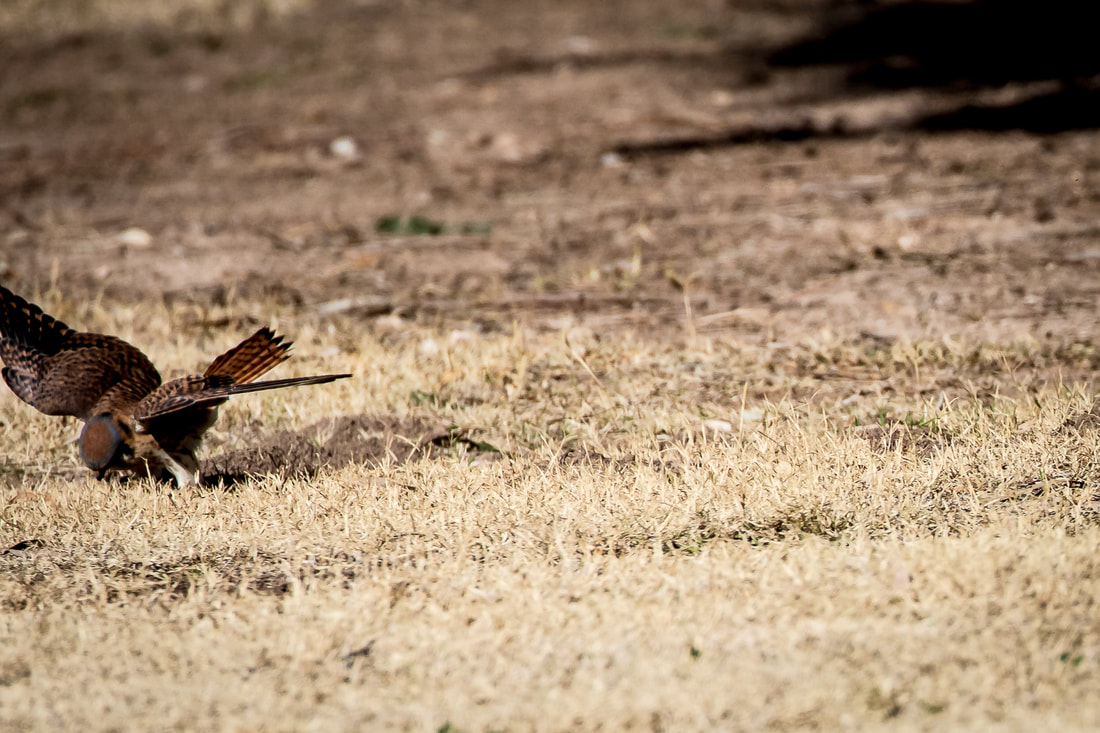
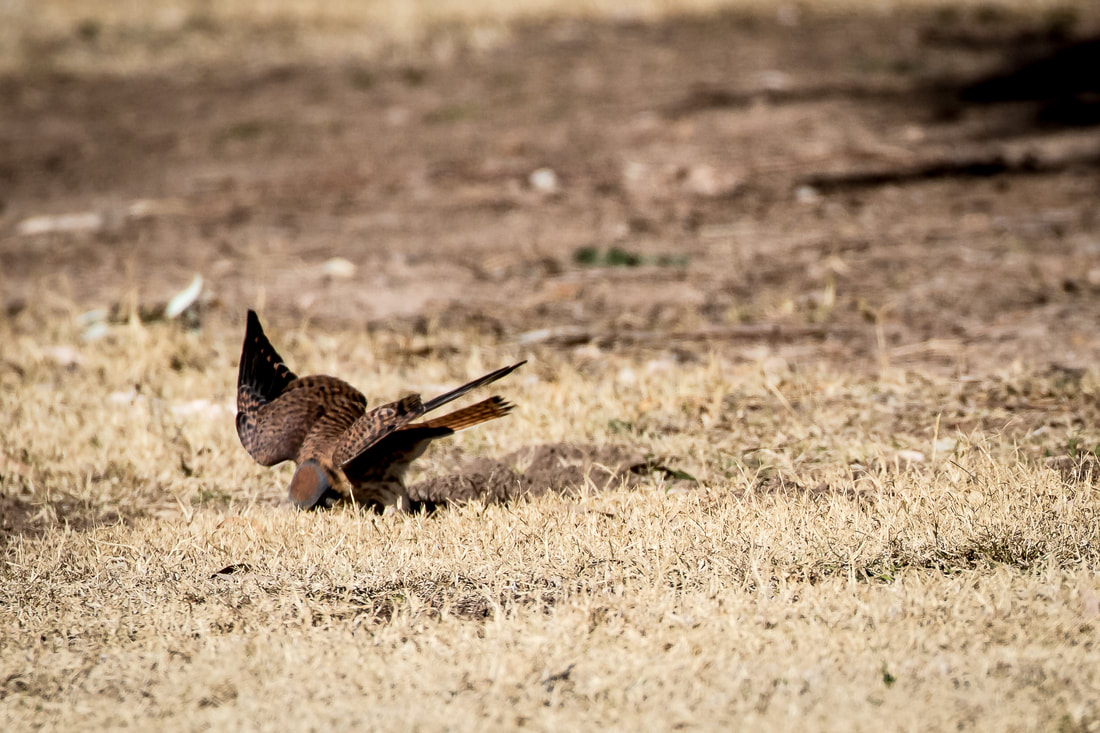
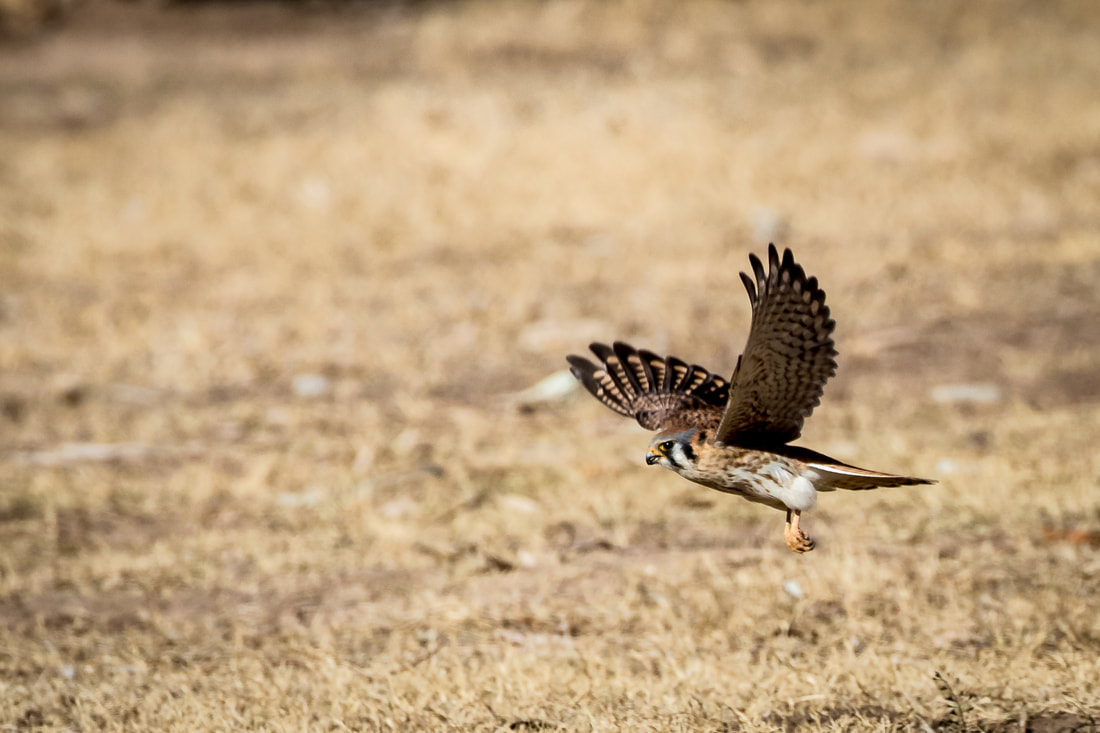
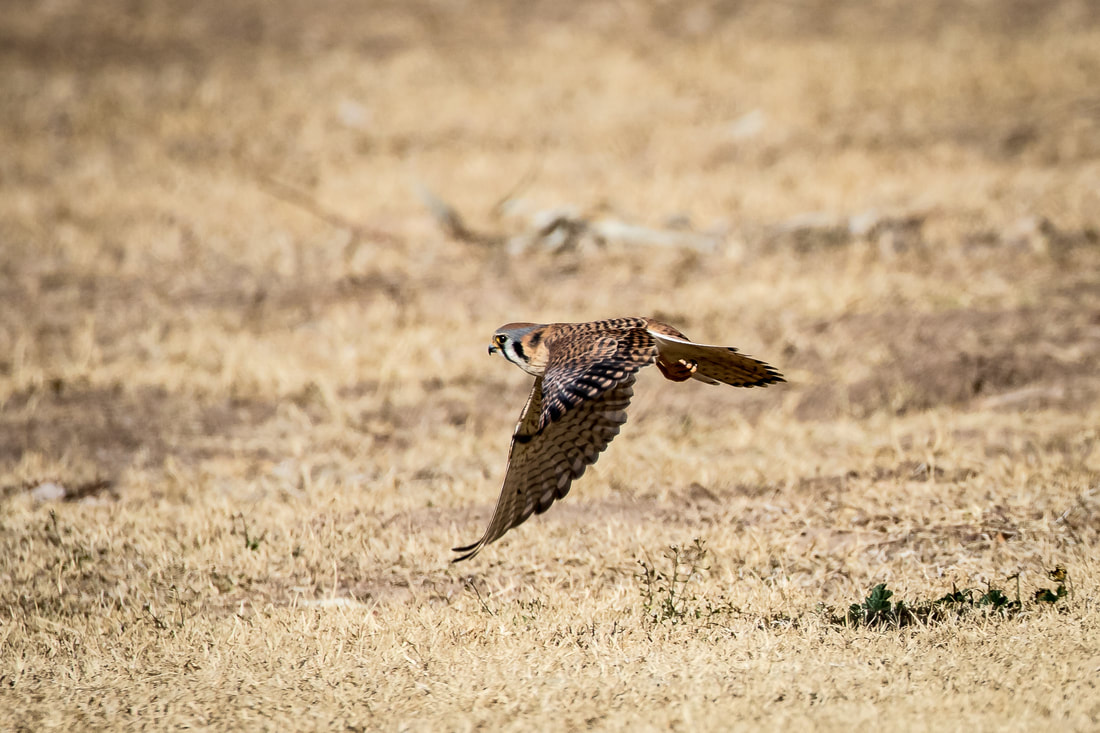
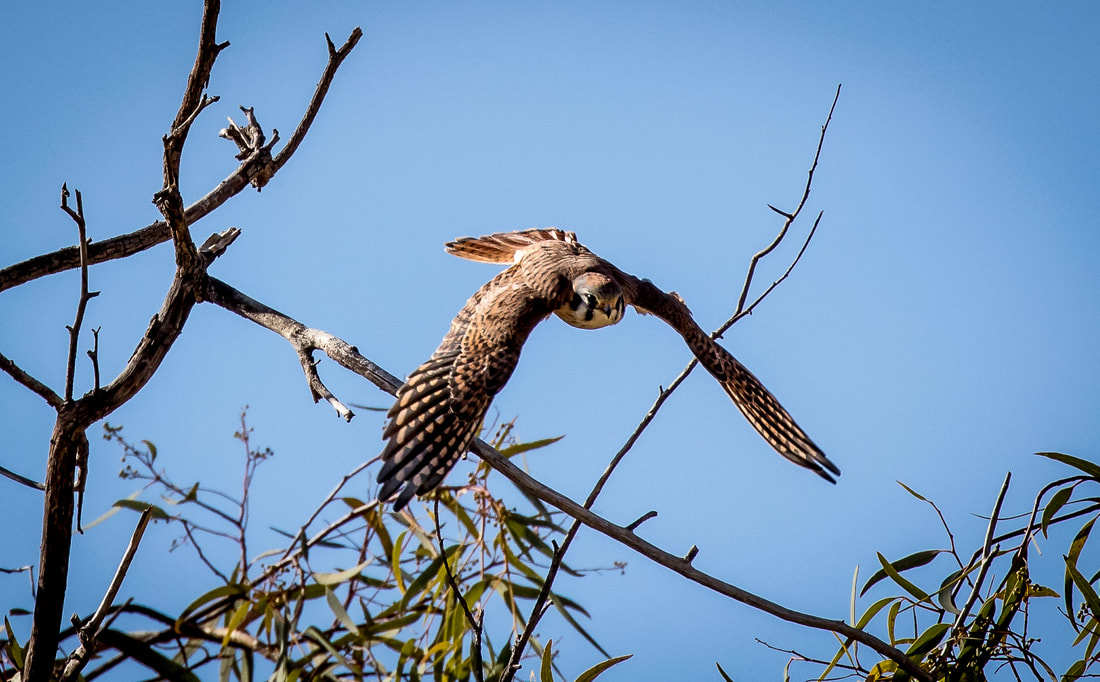
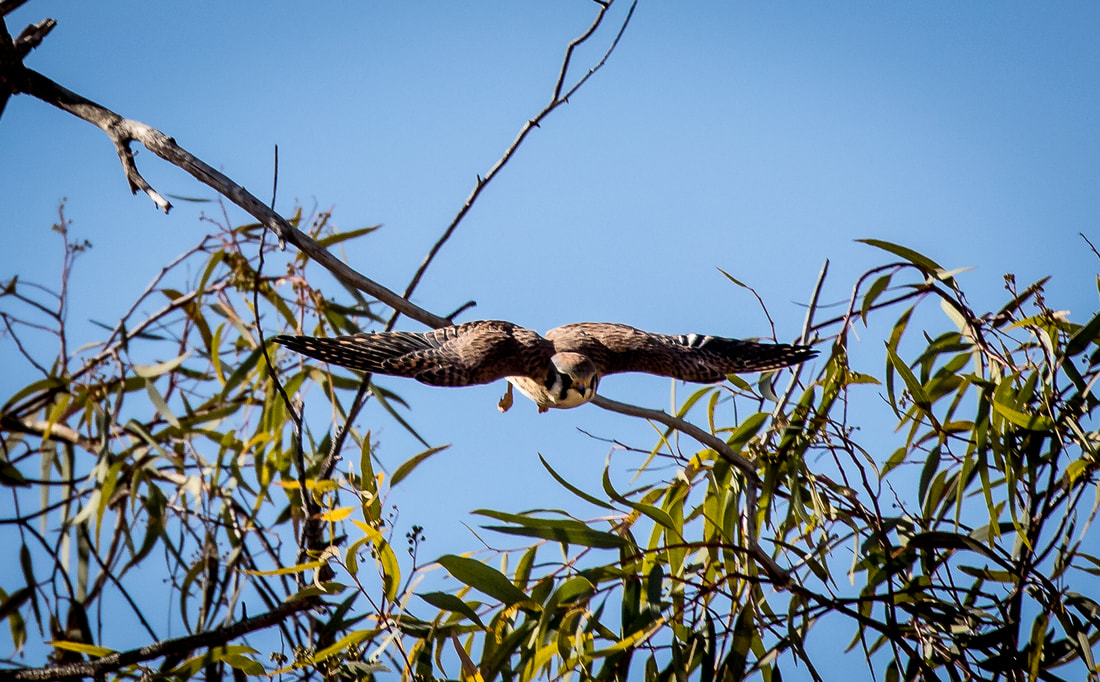
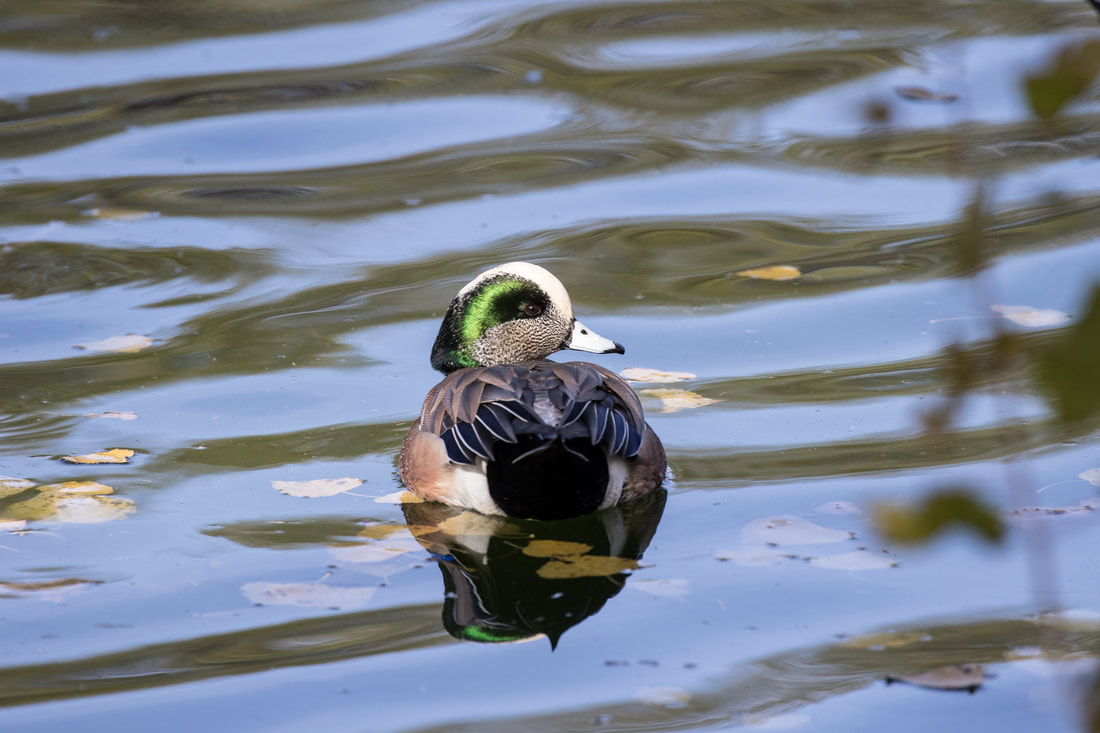
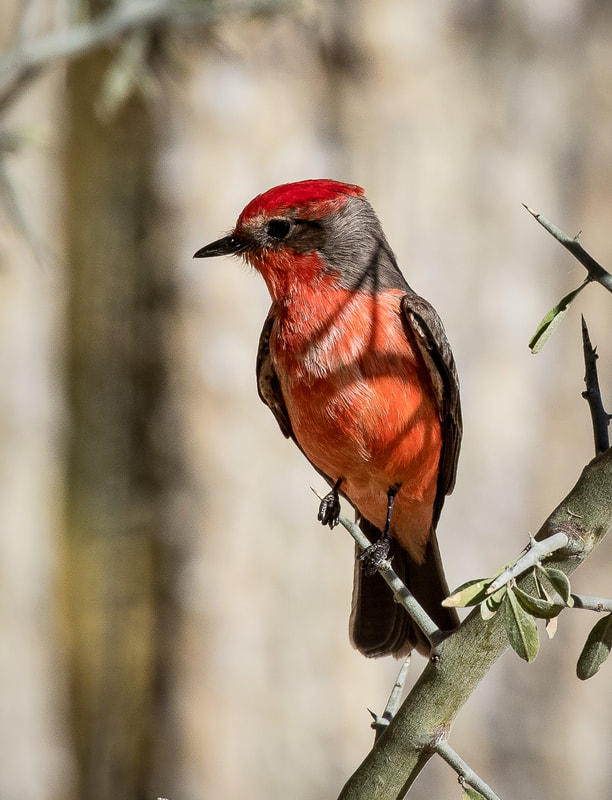
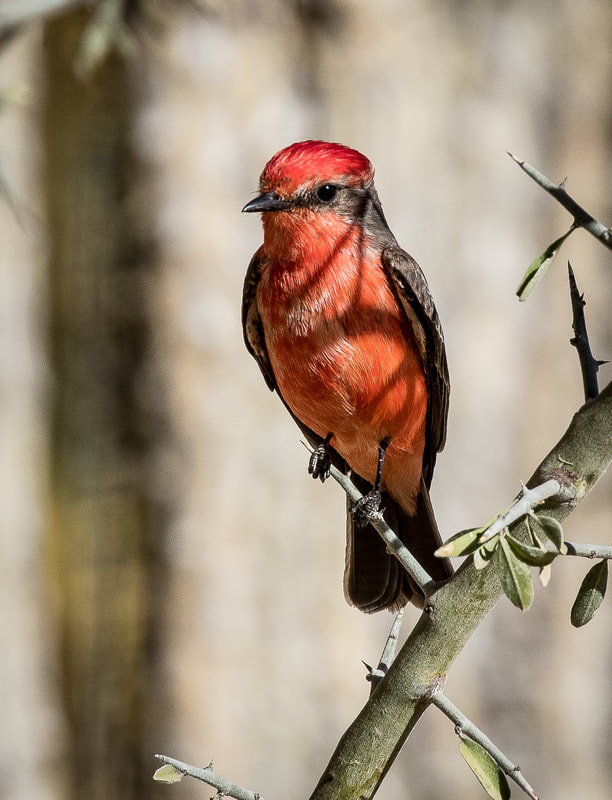
 RSS Feed
RSS Feed